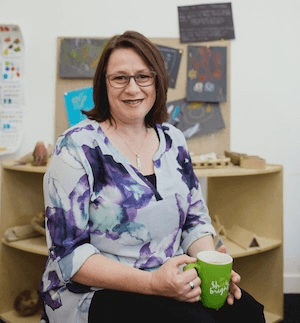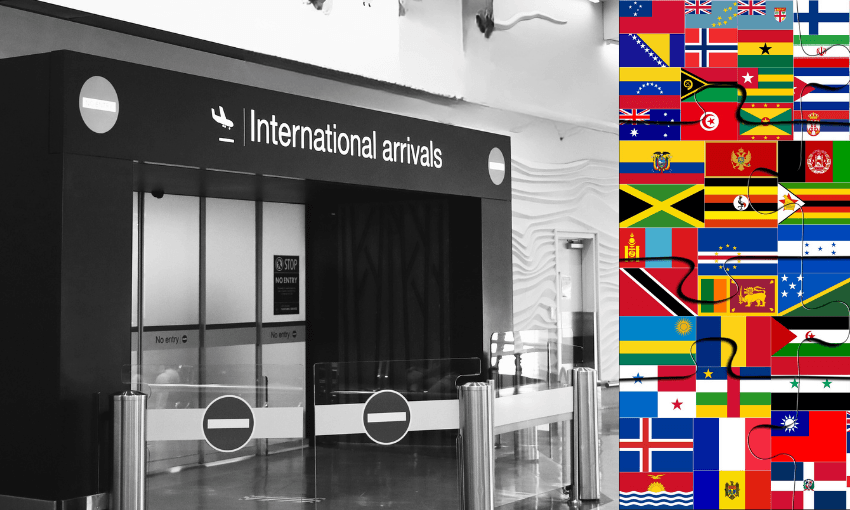For too long, postcode, income and circumstance have been getting in the way of accessing quality early learning. The ECE funding review is a rare chance to design a system that works not just for the average family, but for every family, writes Heather Taylor of Barnados Aotearoa.
New Zealand stands at a crossroads. From one road, we see the one in three children under five without access to an early childhood education service. For some families, that is a choice, but for many it isn’t. Barriers like cost, transport, housing insecurity and stigma keep the door firmly shut. Another road reveals the pressure the sector is under – in 2023 alone, 170 early learning services closed their doors.
Right now our government is attempting to build a new road. The regulatory review of early childhood education (ECE) is complete, and the government has recently announced a ministerial advisory group to undertake a full review of the ECE funding system. This new road is a once-in-a-generation opportunity to reshape the future of the system that underpins quality ECE for our tamariki. It is especially important for those most at risk to have a new road to travel so they don’t get left behind.
At Barnardos Aotearoa, alongside other sector leaders, we’ve long advocated for this review. Through our services, we’ve seen how postcode, incomeand circumstance get in the way of accessing quality early learning. The cost of attendance, limited availability and systemic inequities have created barriers that far too many families cannot overcome.
Barnardos is one of a few organisations in Aotearoa that combines early learning and social services. Through our integrated model, we’ve seen the positive impact of breaking down barriers – with fee exemptions for families doing it tough, transport support for those without any or those short on time, nutritious meals and on-site Barnardos social workers through Te Korowai Mokopuna, Barnardos’ wraparound approach to ECE. But we’re not alone. There are other providers across the motu also working tirelessly to reach families who might otherwise be left out, but this type of support service for our families comes at a cost and is currently not part of the ECE funding model.
This is an opportunity to rebuild early childhood education, not just as a workforce solution, but as an equity investment – one that strengthens families, communities and the future of our country. With the right vision, leadership and investment, this review could spark a fairer system that truly supports every child in their first 2,000 days.
Done well, early learning is one of the most powerful services we have to disrupt intergenerational disadvantage. The Dunedin Study – one of the world’s most comprehensive longitudinal studies – has shown us that early investment in children’s wellbeing pays lifelong dividends. ECE is about more than childcare. It’s safe, nurturing spaces where children develop the social, emotional and cognitive foundations they’ll need to thrive. The ministerial advisory group has been tasked with one of the most significant responsibilities in a generation: to reimagine how government investment can improve quality educational outcomes, increase affordability and access for families, and ensure services are sustainable, accessible for all and fit for the future. Sadly, the politics surrounding the review are creating division. But this review is too important to let it pull us apart. At its heart, early learning is about people – children, whānau and the kaiako who show up every day with commitment and heart.
This is our chance to build something better, but only if we work together – kotahitanga. Now more than ever, we must lead with compassion, listen generously, and focus on what unites us: a shared belief in the power of quality early learning to change lives.
It’s time for a grown-up conversation about what our tamariki truly need. The world has changed dramatically since the ECE regulations were first written. Built over two decades ago and patched ever since, it’s no longer fit for purpose. It’s confusing, inequitable and disconnected from the reality of delivering quality ECE. Meanwhile, New Zealand ranks among the least affordable countries in the OECD for early learning. It’s time for a reset.
That’s why this funding review matters. It’s a rare chance to design a system that works not just for the average family, but for every family.
We believe the review must do four things:
- Remove cost barriers so that no child is excluded from early learning due to cost, location, or circumstance.
- Ensure sustainable funding for all types of providers to deliver high-quality learning that reflects the needs and values of their communities.
- Recognise that ECE is part of a broader ecosystem by integrating it with health, housing, and social services. Meeting families where they are will deliver the greatest return.
- Restore trust and pride in our world-class curriculum, Te Whāriki, and in the qualified professionals who bring it to life.
We are at a critical junction. One road keeps us in a system that fails too many children and strains the services supporting them. The other leads toward a future where early learning is truly accessible, equitable, and valued. The direction we take now will shape the lives of our tamariki and our communities – for generations to come. And standing at the edge of that intersection are thousands of children and whānau waiting to see where we’re headed. Let’s take the road that clears the way for every child to thrive.
Because when all our tamariki thrive, so does our society. And all our futures look brighter for it.




